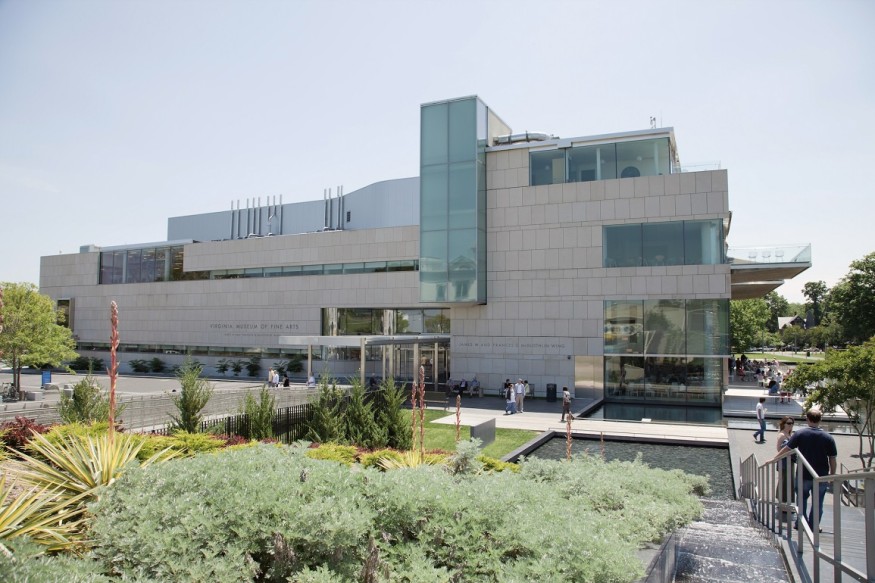44 Artifacts From Virginia Museum of Fine Arts Will Be Returned to Origin Countries Following Legal Claims

Repatriation Announcement
In a significant move towards cultural stewardship, the Virginia Museum of Fine Arts (VMFA) in Richmond announced the repatriation of 44 ancient artifacts from Italy, Egypt, and Turkey. The ruling is a reaction to a probe conducted by federal and New York State authorities managing legal disputes over ownership claims to cultural property.
With the assistance of New York authorities, the artifacts-which include an ancient Egyptian cosmetics vessel, a terracotta wine flask from 330 B.C.E., and a bronze statue of an Etruscan warrior from the fifth century B.C.E.-will be returned to their respective countries of origin.
VMFA's Director and CEO, Alex Nyerges, underscored the museum's full support for the repatriation decision. The museum clarified that there is no evidence linking current employees to unlawful activity regarding the initial acquisition of the 44 returned objects. The museum acquired these artifacts between the 1970s and 1990s.
Scrutiny and Investigation
The scrutiny began in May when officials from the Manhattan District Attorney's Office and the Department of Homeland Security initiated an inquiry into 28 objects suspected of being looted or improperly removed from their countries of origin. They requested documentation related to the ownership records of these artifacts from VMFA's extensive 50,000-item collection.
In response to the May inquiry, the museum provided comprehensive records detailing the provenance histories and acquisitions of the objects. Subsequently, the investigation expanded in June to include 61 works. According to the museum, the inquiry continued until mid-October, when authorities presented "irrefutable" evidence indicating that more than half of the objects had been looted, stolen, or displaced.
Cultural Integrity and Repatriation Impact
This repatriation decision aligns with a broader trend calling for Western museums to address provenance gaps for objects acquired in previous decades. During this period, standards surrounding the sales of antiquities housed in private collections were notably lax.
It is noteworthy that VMFA has repatriated only six works of art since 2004. Among these were three objects with links to the Indigenous North American Tlingit tribe, returned under the federal Native American Graves Protection and Repatriation Act.
The move underscores the museum's commitment to ethical practices and responsible custodianship of cultural heritage. By returning these artifacts, VMFA rectifies historical oversights and contributes to the global effort to restore cultural property to its rightful place of origin.
As cultural institutions increasingly face scrutiny regarding the provenance of their collections, VMFA's proactive approach to addressing concerns and taking corrective action sets a commendable example. Repatriating these artifacts represents a step towards fostering transparency, accountability, and collaboration in the international art community.
In conclusion, VMFA's decision to repatriate these ancient artifacts reflects a commitment to ethical and responsible cultural stewardship, acknowledging the importance of respecting the cultural heritage of nations. The collaboration between the museum, New York authorities, and the origin countries of the artifacts demonstrates a collective effort to rectify historical wrongs and uphold the principles of cultural integrity.












